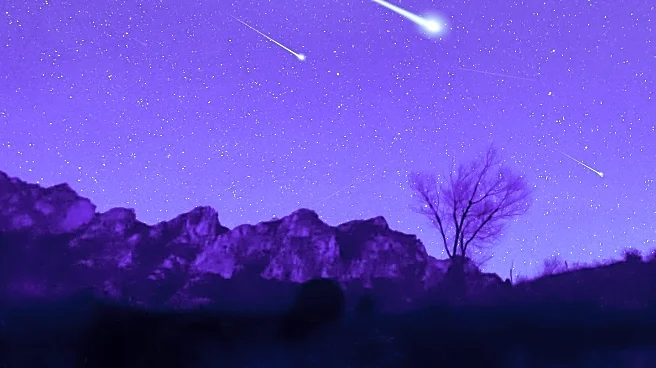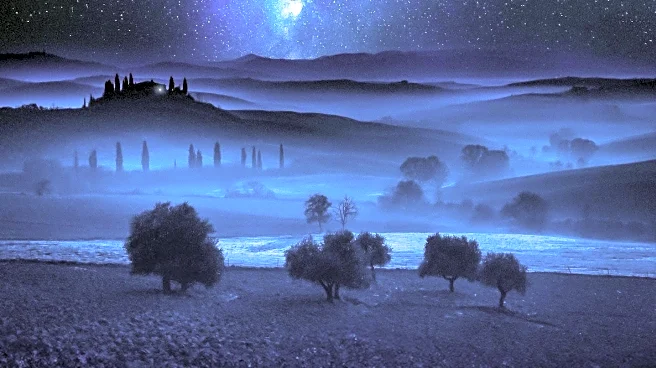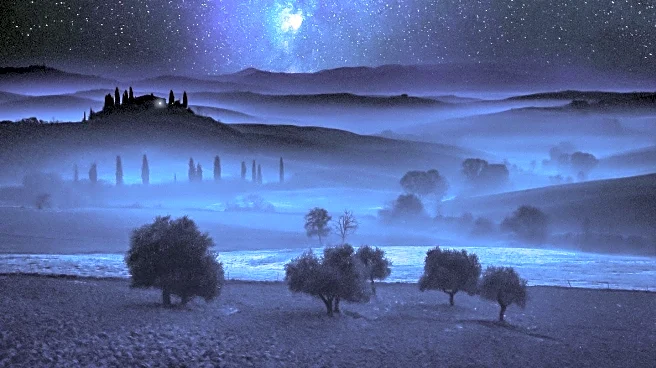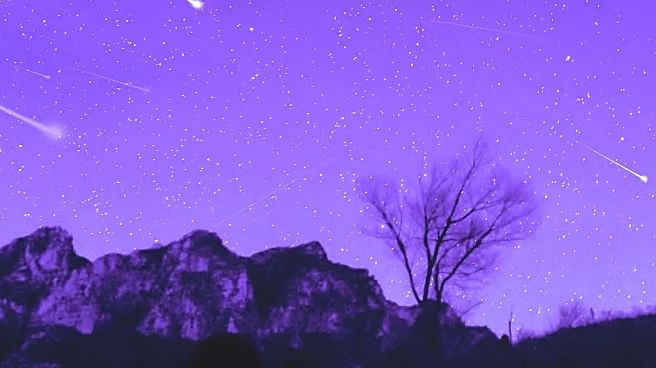Rapid Read • 8 min read
The Perseids meteor shower, one of the most anticipated astronomical events of the year, is set to peak this week. Despite the challenge posed by the bright full moon, stargazers can still enjoy the spectacle with some planning. The peak is expected around August 12th, favoring northern Europe at sunrise, with North America joining the stream a few hours later. Observers can expect rates of 50-100 meteors per hour, especially towards local sunrise. The shower originates from comet 109P/Swift-Tuttle, which has a 133-year orbit and was last at perihelion in 1992. The Perseids are known for producing bright fireballs and are often referred to as the 'Tears of Saint Lawrence.'
AD
The Perseids meteor shower is a significant event for both amateur and professional astronomers, offering a chance to observe meteors originating from comet Swift-Tuttle. This annual event draws attention to the study of meteors and their origins, contributing to our understanding of cometary debris and its interaction with Earth's atmosphere. The shower's visibility, despite lunar interference, highlights the resilience and adaptability required in astronomical observations. It also serves as a cultural event, connecting historical and modern interpretations of celestial phenomena.
Observers are advised to plan their viewing locations to minimize the moon's glare, possibly using natural or man-made structures to block its light. The Perseids often have a twin peak, so watching on nights before and after the expected maximum can be rewarding. Additionally, the Virtual Telescope Project will provide a live stream of the event, allowing those clouded out or unable to view in person to still experience the shower. This accessibility underscores the growing role of technology in expanding public engagement with astronomy.
The Perseids meteor shower offers a unique opportunity to explore the phenomenon of electrophonic sound, where meteors can be 'heard' via radio frequencies. This aspect of meteor observation adds a layer of intrigue and scientific inquiry, encouraging further research into the interaction between meteors and Earth's electromagnetic environment. The cultural significance of the Perseids, linked to historical figures like Saint Lawrence, also invites reflection on how celestial events have been interpreted and celebrated across different cultures and eras.
AD
More Stories You Might Enjoy










